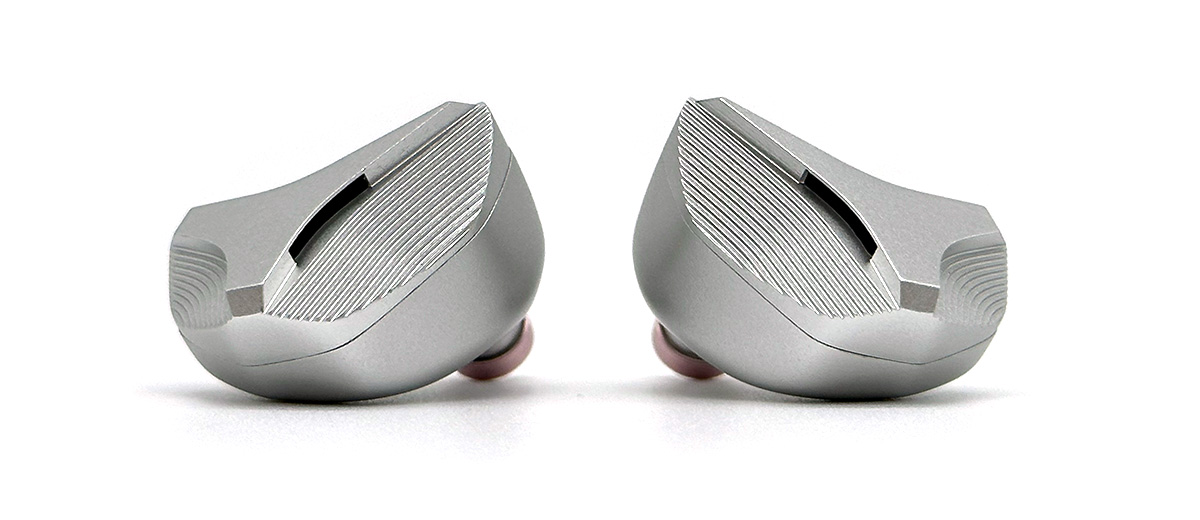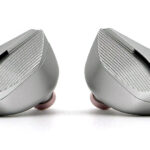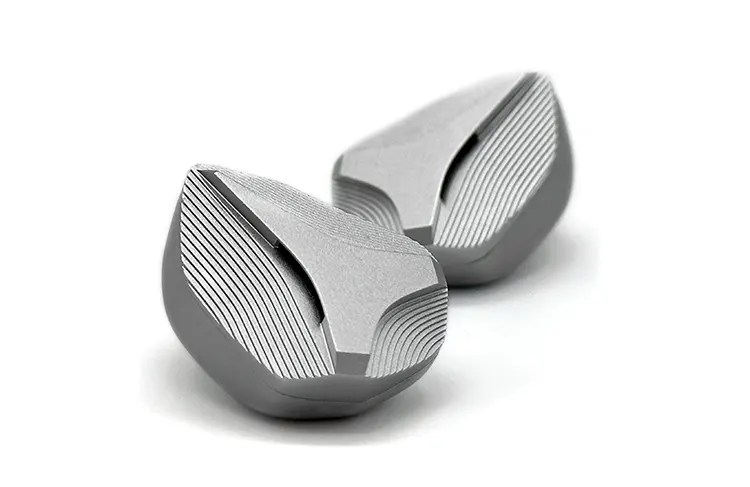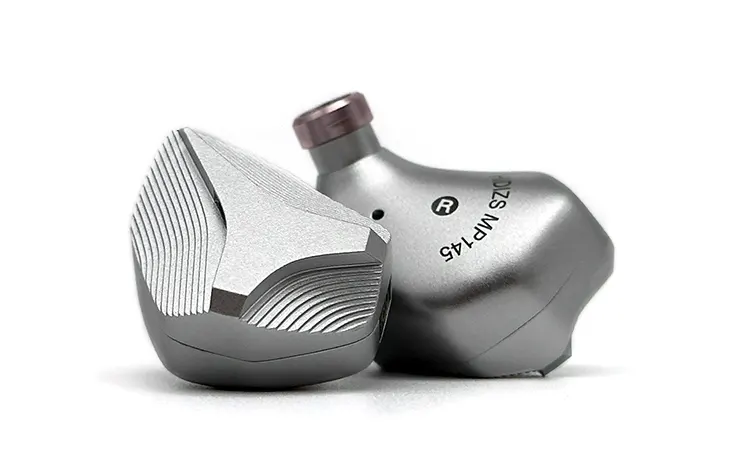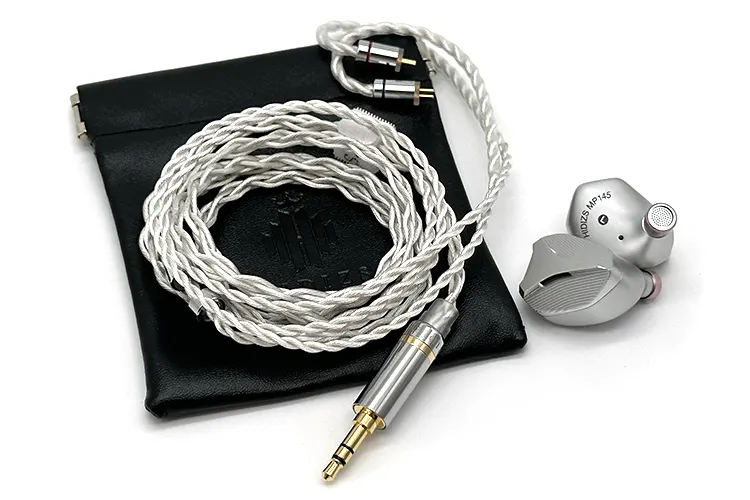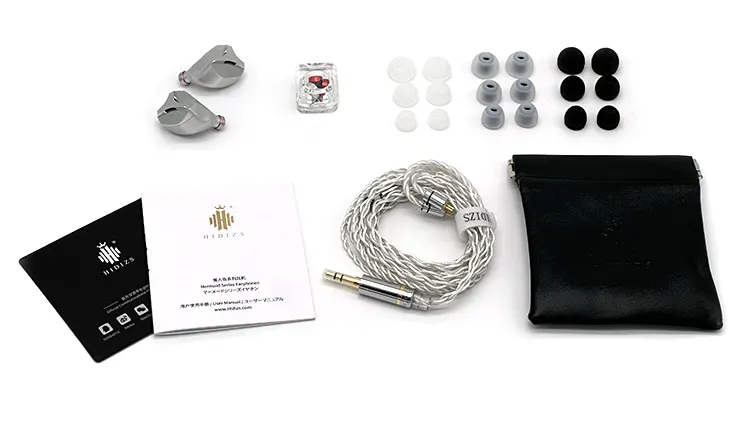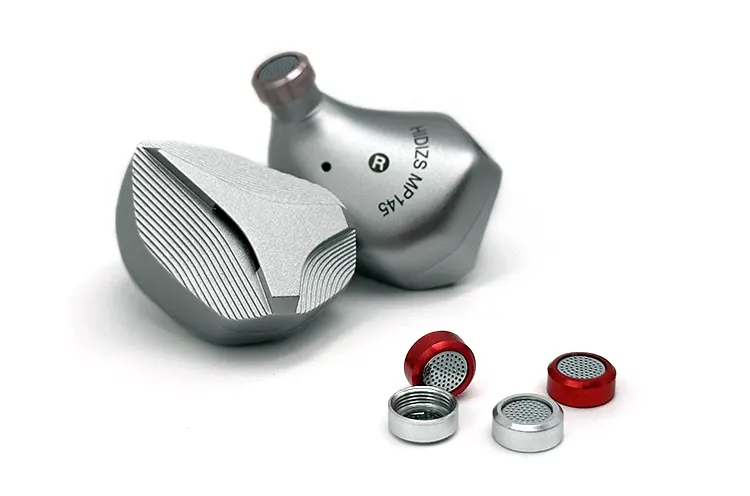We review the Hidizs MP145, which is a new ultra-large 14.5mm planar magnetic driver universal in-ear monitor with tuning filter technology. It is priced at $199 MSRP with an early bird Kickstarter price starting from $109, on 6th September, 9.30 am EST.
Disclaimer: This sample was sent to us in exchange for our honest opinion. Headfonics is an independent website with no affiliate links or status. We thank Hidizs for their support.
To read more about Hidizs products we have previously assessed on Headfonics click here.
Please note, that this article follows our current scoring guidelines which you can read in more detail here.
Refining their craftsmanship focusing mainly on the development of balanced armature and dynamic driver in-ears with IEMs such as the MS3 and MS5, Hidizs has finally dipped its toes into the planar IEM market with the entrance of the MP145.
To set the MP145 apart, Hidizs has developed a deep connection set around whales of all things but not without reason.
Whale and Dolphin Conservation (WDC) is the leading global charity dedicated to the protection of whales, dolphins, and their ocean homes.
As the IEM design was inspired by whales, Hidizs is actively supporting Whale and Dolphin Conservation (WDC) Green Whale work and helping to raise awareness about the vital role whales play in the health of our oceans, and ultimately our planet.
Hidizs will maintain open communication with WDC and provide the necessary support to aid their work. Specific details about the donation can be found on Hidizs and WDC’s official social media platforms and website. Further specific information will be provided after the Kickstarter campaign.
During the write-up of this review, the MP145 is listed on the Hidiz website as a coming soon item on Kickstarter but the live link should be available in a few hours and we will update it here once we get it.
Tech Highlights
Detailed on the website, the developmental process of the 14.5mm planar driver Hidizs equipped the MP145 with is notable.
With seven N52H magnets on each side, the fully symmetrical magnetic circuit design of the driver comes close to 1 Tesla magnetic flux.
And performing a wide frequency range of 20Hz to 40kHz, the MP145 has also been calibrated to follow the H-2019 graph with a sensitivity of 104dB @1kHz and an impedance rating of 30Ω.
Just like with the other in-ear monitors in the company’s lineup, the MP145 is also capable of some tuning flexibility with several included tuning filters. Aside from changing ear tips, I personally found that these filters are a great way to personalize your listening experience.
Design
The design team at Hidizs appears to have their creative minds inspired starting with the angel-themed MS5. Their recent concepts including the MP145 have continuously improved their aesthetics and design intricacy.
Inspired by whales, the pleats form lines beautifully trace a prominent part of the majestic creature it’s copied from. And incorporating the tail in the center and hiding away the “breathing” holes on two sides, I like how subtle yet meaningful the design cues of the MP145 are.
The driver heads are bigger in person carrying valuable space for the face to be chiseled into form. Made of aviation-grade aluminum alloy, the shell gives off a raw metal association in silver paint.
There will also be 199 units of a limited Golden Titanium Edition version which I have not handled in person yet but from the pictures, it has a lot of ‘pop’ in the color scheme.
Comfort & Isolation
Partly because the last Hidizs IEM I reviewed was the MS3, I can’t help but feel like the wearing comfort of the MP145 is compromised by their choice of connectors for the cable.
The “shark fin” plug and aggressive wearing style of the MS3’s stock cable are simply better executed. Relying almost completely upon the MP145 sitting well in the ears, the ear guides appear late touching only the top of my ear carrying almost no weight.
Focusing now on the positives, the MP145 didn’t feel too big when worn. And even with a dense 9.5g weight per earpiece, the contours of the shell followed the shape of my ear with sureness which was a good sign that I could use it for long periods.
The isolation of the MP145 is enough if you’re looking to hush out noise coming from the background. It’s not the best but when I went outside the road noise and dribbling rain were both positively diminished. A secure seal is also a good place to check since I got the best isolation with the vocal and balanced tips.
Tips
I noticed that the stem used for the MP145 ear tips is in a different diameter paralleled with the other Hidizs IEMs I have even though they’re similarly labeled. This makes sense because the nozzle is designed differently on each one. It does mean however that the tips cannot be interchanged.
Fitting the tips, the biggest challenge I immediately ran into was the wide nozzle not letting the soft stem of the tips stretch. A bit more cumbersome than usual, it took a while before I got the ear tips settled in.
Of the three choices, I liked the vocal tips the best as it vanishes the easiest when worn. While the balanced is a close second and is what I used in this review, it does suspend the MP145 body further out slightly increasing the heaviness. The bass-tuned ones, at least to my ear shape, have the weakest seal of the three.
Stock Cable
With a tuning claim in enhancing resolution in mid to high frequencies, the stock cable provided by Hidizs has some goals for itself.
I got the 3.5mm single-ended one but there will be a 4.4mm balanced cable option according to the company. The total length is 1.2m and terminates on the other end in a standard 0.78mm 2-pin plug.
The four-core weaved silver-plated crystal copper wire is on the slimmer side giving away some of its confidence but it is at least not very microphonic and visually matches the silver driver heads.
It is also significant that Hidizs kept the “shark fin” IEM plug off the MP145 switching to a more common barrel-type connector vastly affecting the wearing comfort.
Packaging & Accessories
The MP145 packaging is still packed in a familiar black and gold outer presentation joining its peers from other lines. It is a sleeve that can be removed to bare a plastic box that splits from the top.
The first thing to notice inside for me is the giant earpieces. The MP145 is emphasized by the fairly slim container and the persistent use of black against the silver shell.
Kept on the lower section are the paper works and pouch. The customized pocket holds the stock cable and filters, fastened using a clasp similar to the one provided for the MS3.
Opening the cubic clear case where the filters are sealed was a bit tricky at first. Don’t channel your inner hulk trying to pry the thing open which I almost did and simply twist the top counterclockwise.
Finally, the tips are arranged and labeled on the last layer for easy identification. There are three sizes for each of the three different sets.
Sound Impressions
Summary
Providing plenty of leeway to not outperform the midrange, the quite linear lower end of the MP145 is moderate but not without personality.
While expansive synths arrive with a body that is on the drier side, the width of the note adds authority to the thump triggered with plenty of lingering sub-bass extension. The clean and rather fast response of the drivers also allows subtleties to not get swept away that easily.
The MP145 though has a shifting nature that pulls precision on some parts of a piano composition. With brighter notes, the breadth of the covered area is better extended showing a more profound picture than mellower sections.
Vocals on the MP145 are banking on its safer timbre to control the climb to shoutier regions since the midrange has an intimacy to it. The smoothness limits airiness though hints of texture can still be heard on vibrato and whispery notes showing enough nuance and detail.
Proving it can play well with sharp gears, a dynamic electric guitar riff also did not upset me in any way. With great control, I was able to get enough features though I must say that the bite is quite shallow so the edges feel a bit blunted.
The soundstage of the MP145 is on the average side where it consistently positions instruments around the driver region. Finer images like chimes hanging around in the background do sometimes reach beyond though the small size makes it easy to miss.
Filters
After getting acquainted with the default sound, I first tried using the silver filters since I didn’t like the red ones Hidizs supplied with the MS3. This time though, both the high and bass tuned filters gave the MP145 a likeable character.
Compared to the rose gold filters as a baseline, the silvers have a weaker punch and thinner mid-bass. The best part is it preserved the well-defined low-end extension and subtleties where the reds struggled a bit in achieving the same resolution.
I still wouldn’t dismiss the bass filters since in slowing down the energy of a kick drum, the profile was still kept neat and not domineering. The image size of synths is on the larger side more easily filling the room.
The silvers are pushing a nimbler effect for vocals. This resulted in opening up the breathier section as well as improving depth and resolution. The reds are better suited for more casual listening as they present piano accompaniments with a rounder and softer twang.
With rock songs, the bass filters are the least emphasized in the treble region whereas the silvers are immediately asking for more attention. For electric guitars with the treble filters attached, not only is the size and liveliness elevated, but the crisper bite improves on the resolution as well although it is notably harsher than the default.
Click on page 2 below for our recommended pairings and selected comparisons.

